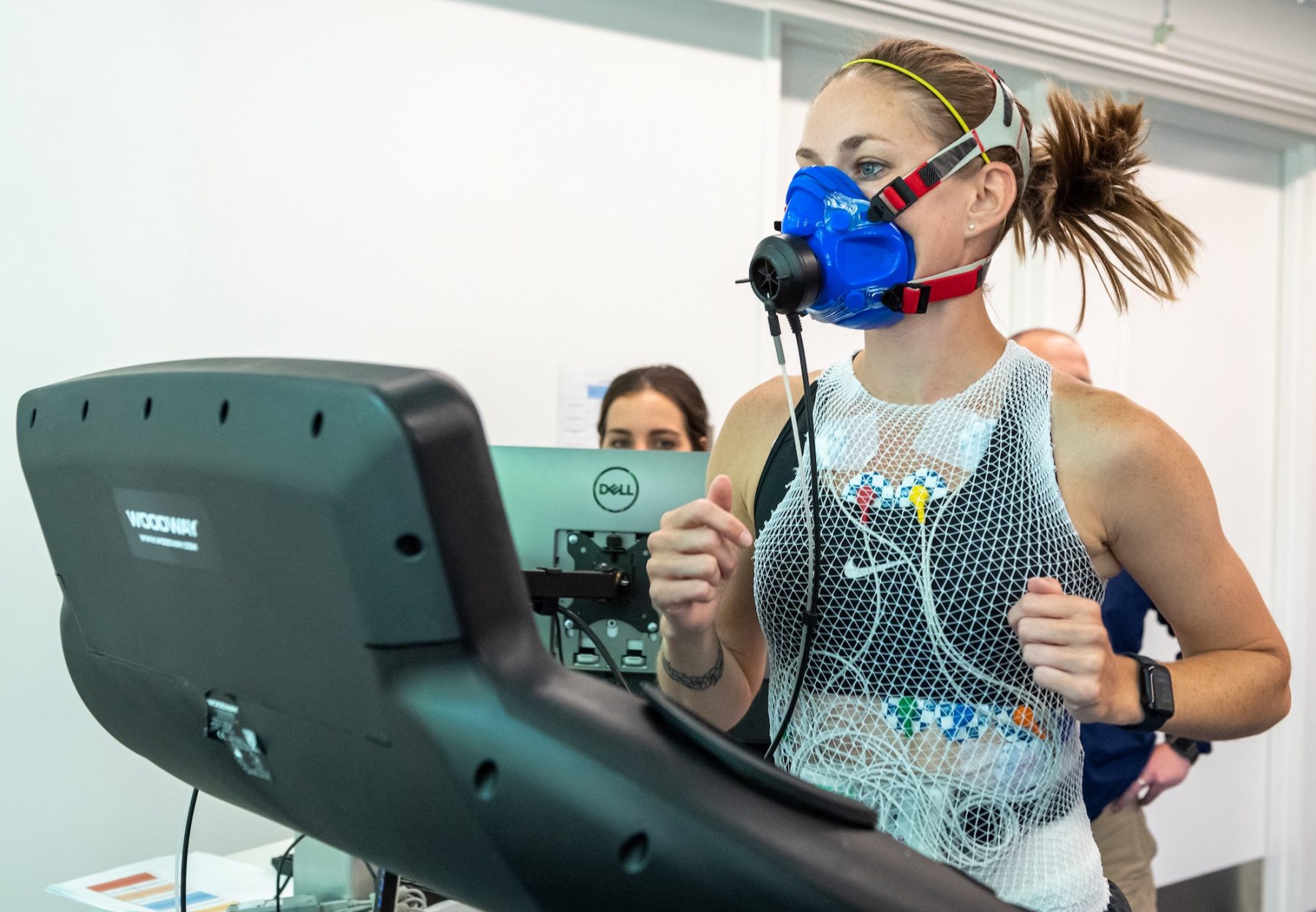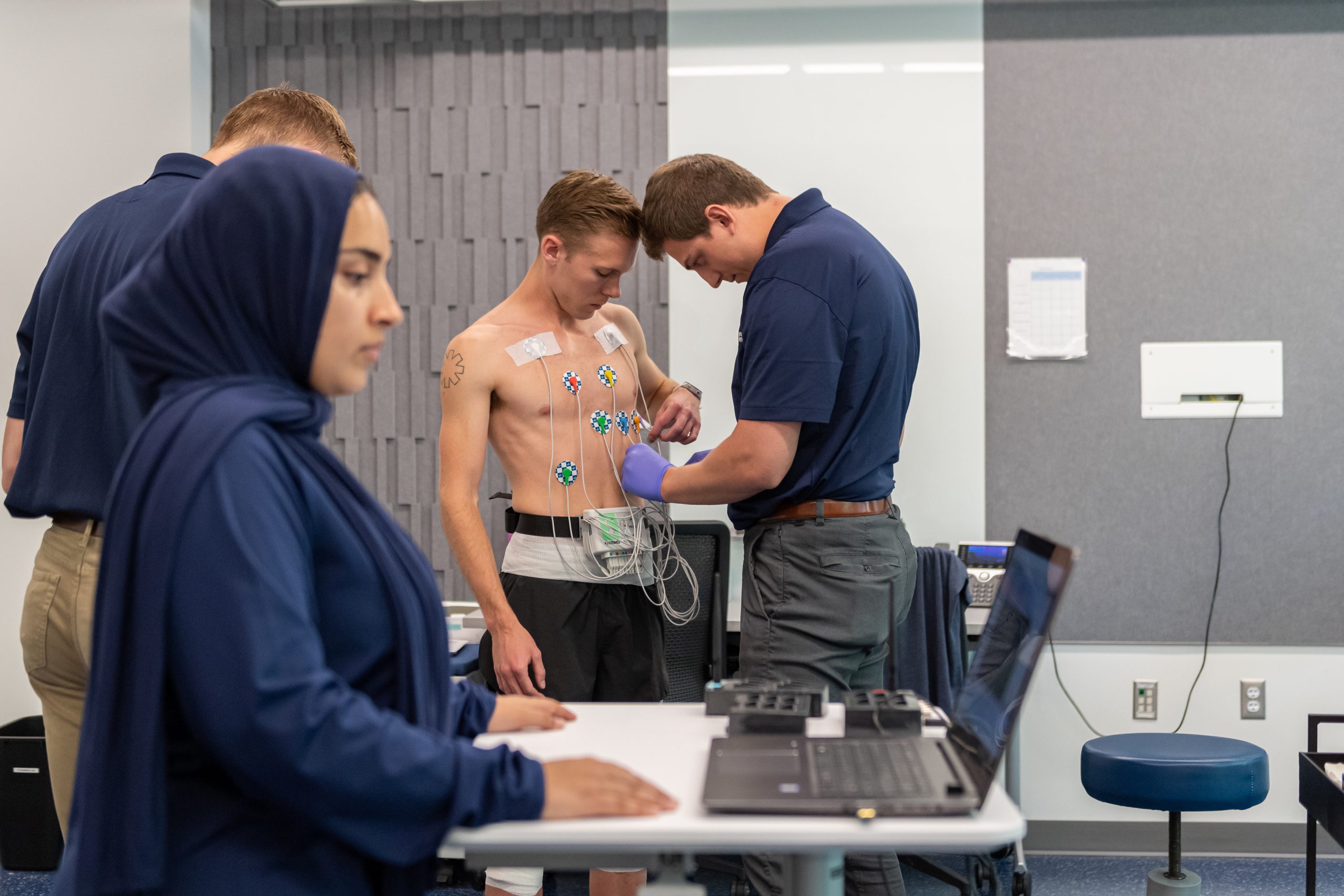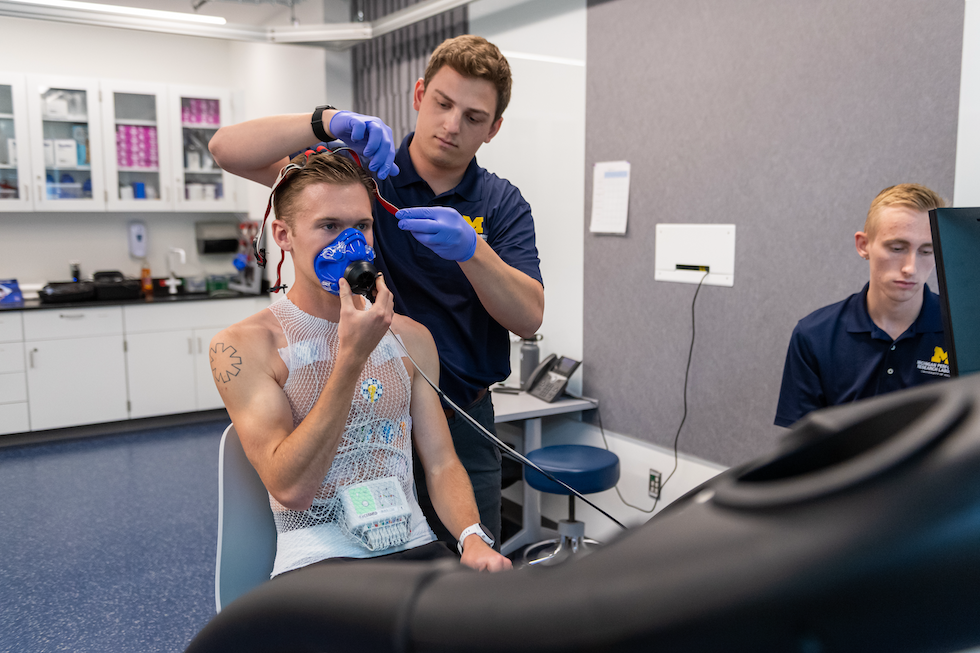The MiPACE study is a large-scale investigation looking at over 200 runners, and how fitness and health metrics change over an 18+ month period.
Using wearable technology to track in-life data, and lab-based measures to assess musculoskeletal biomechanics and cardiorespiratory physiology, the MiPACE study is one of the largest of its kind. The results will have a profound impact on running related research questions, including training volumes, running related injury risk factors, and the effect of COVID-19 on running related fitness.



The MiPACE study aims to investigate the effect of exercise training on cardiorespiratory improvements for those training for a running related event. The project is evaluating the following:
- Effect of volume, intensity, and frequency of training on cardiorespiratory fitness
- Running related injury risk factors
- Use of consumer-based smart wearable sensors to estimate exercise training volume
- Adaptations in body composition and bone mineral density
